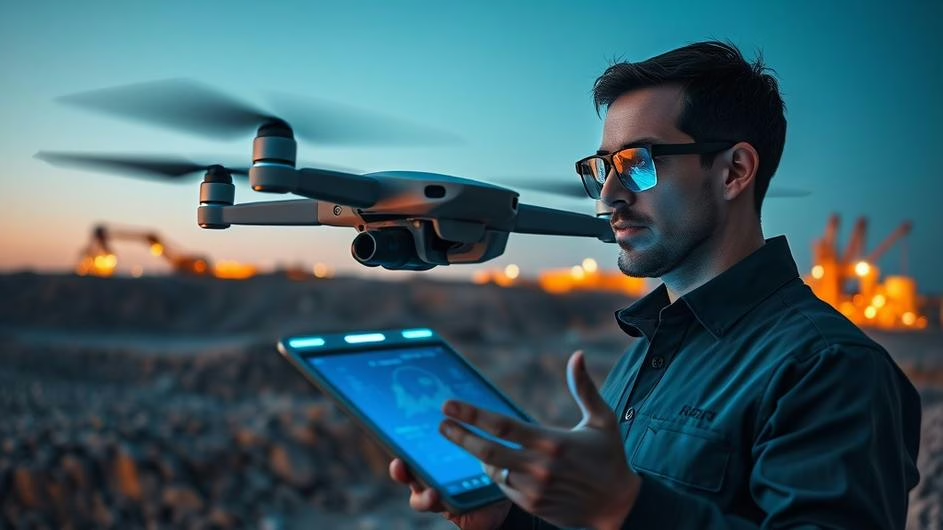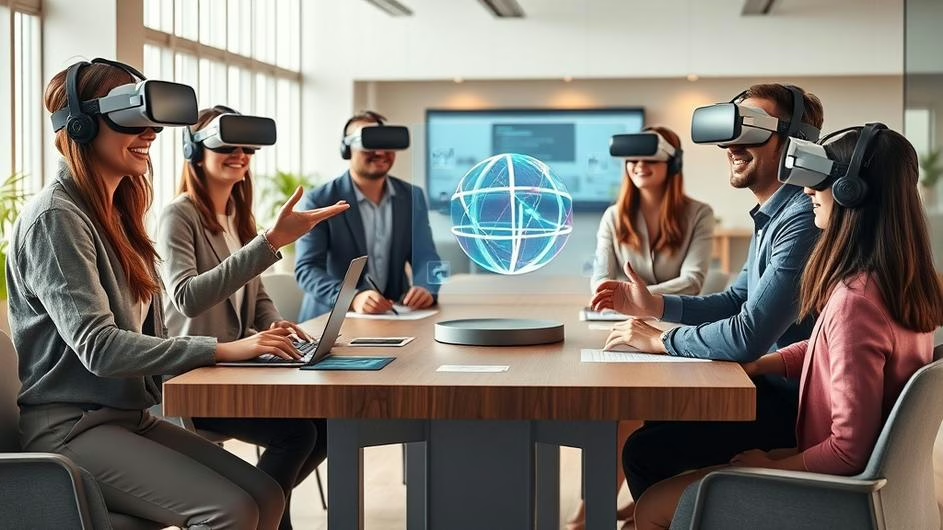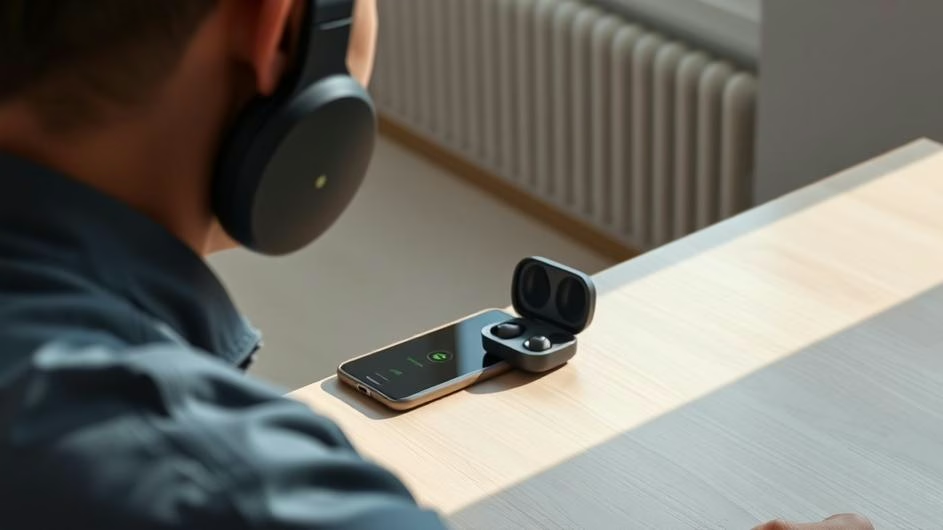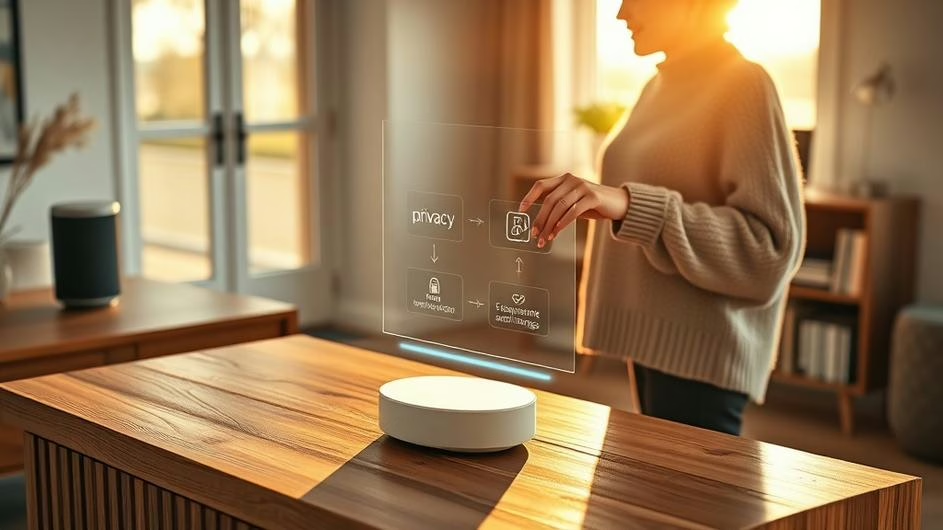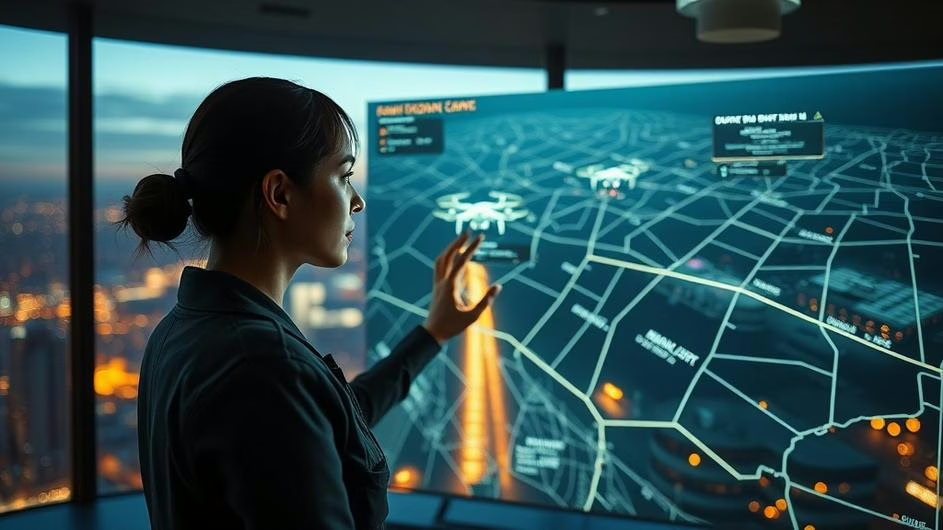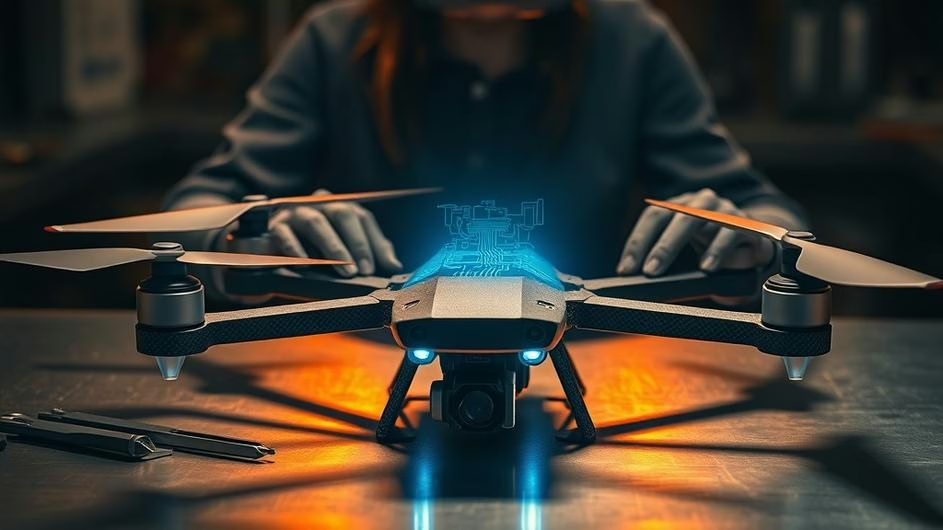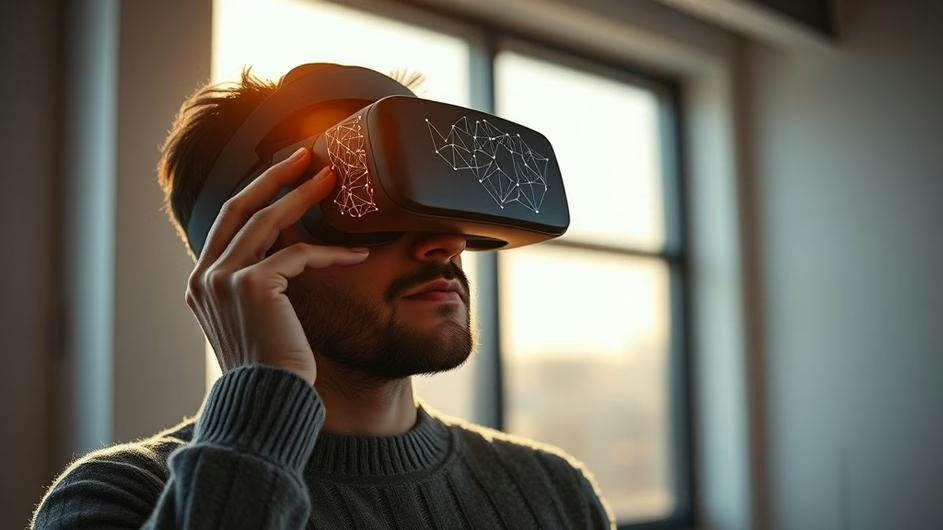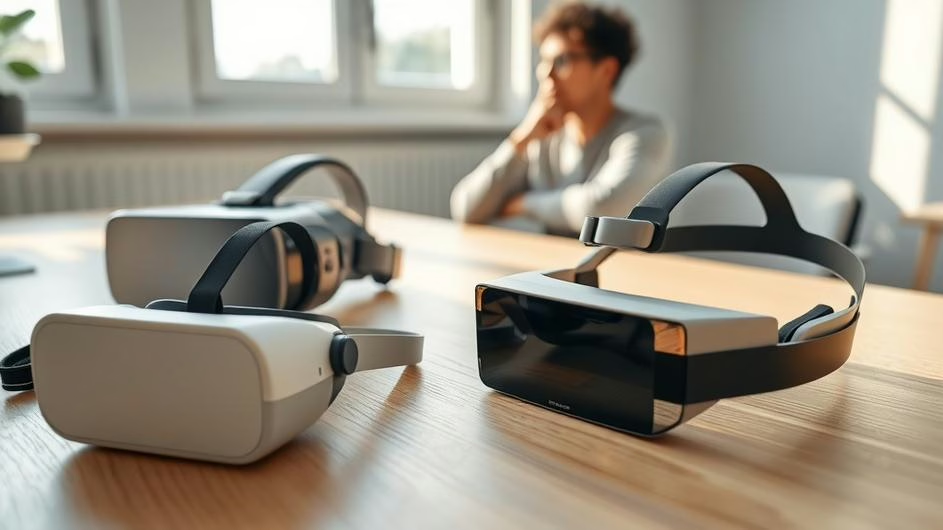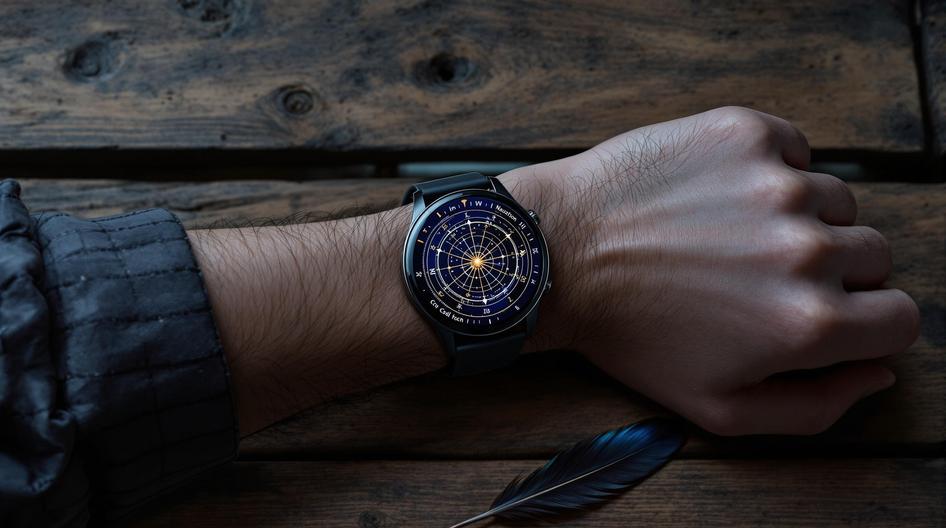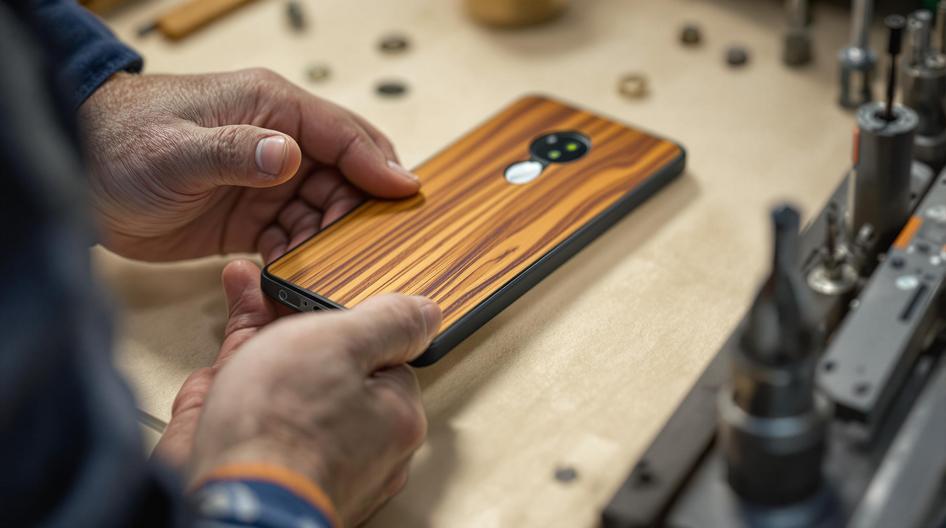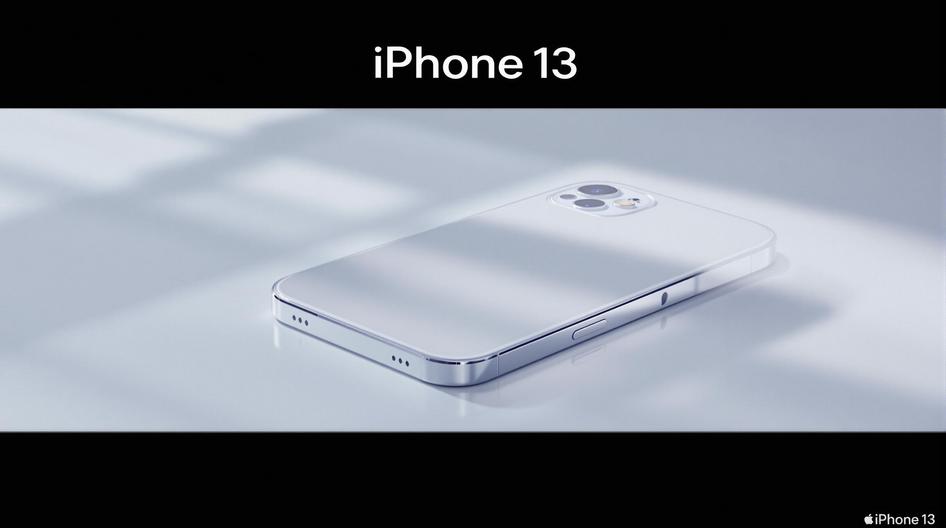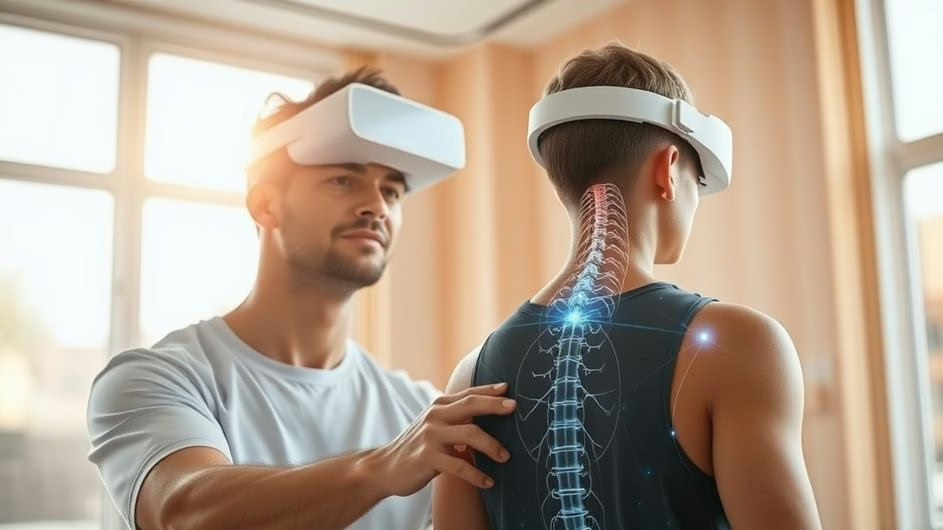
VR Headsets, Immersive Learning, and Scanning Your World: Inside the Next Tech Wave
Virtual and augmented reality aren’t just making a comeback, they’re reshaping entire industries. We’re witnessing something that goes way beyond gaming and entertainment. Today’s VR and AR developments are fundamentally changing education, healthcare, and even how we think about Web3 integration.
The hardware race has never been more intense, and Pimax is leading the charge with some seriously impressive specs. Their Dream Air headsets are generating buzz for good reason. These lightweight PC VR devices pack Sony Micro OLED panels delivering 3,840 by 3,552 pixels per eye. That’s paired with a 110-degree field of view that’ll make you forget you’re wearing a headset.
But here’s the catch: timing. The SteamVR tracking versions won’t ship until December, and some advanced models are pushed back to 2026. It’s a familiar story in the VR headset market, where ambitious specs often clash with production realities.
Pimax isn’t sitting idle though. Their Crystal Light headset is already making waves with 5.7K resolution per eye, QLED and miniLED technology, plus a 115-degree field of view running at 120Hz. When you stack it against Meta’s Quest 3, Valve’s Index, or Varjo’s Aero, the Crystal Light holds its ground pretty well. If Pimax can deliver on both the Crystal Super and Dream Air as promised, they might just corner the high-end PC VR market.
Meta’s Game-Changing Spatial Scanning
While hardware specs grab headlines, the real revolution might be happening in software. Meta’s latest move with their Quest series is pretty mind-blowing. Using something called Hyperscape Capture, even the budget-friendly Quest 3S at $300 can scan your entire home and render it in VR.
This isn’t just a cool party trick. We’re talking about creating digital twins of physical spaces that could revolutionize remote work, education, and even IoT security. For crypto developers and Web3 enthusiasts, this spatial scanning tech opens up possibilities we’re only beginning to understand. Imagine decentralized virtual spaces where users own their digital environments.
Schools Are All-In on VR Learning
The education sector is embracing VR faster than anyone predicted. A recent XR Association and ISTE report found that 82% of high school teachers now view XR experiences as high-quality educational tools. That’s not just enthusiasm, that’s mainstream adoption.
Schools are bundling VR headsets with laptops, making immersive learning as standard as textbooks. This shift is particularly exciting for neurodivergent students who can benefit from customized learning environments. Mobile Device Management (MDM) solutions are ensuring these deployments stay secure and focused on education rather than entertainment.
The ripple effects extend beyond traditional classrooms. As XR technology becomes mainstream, we’re seeing new models for distributed learning that could reshape how knowledge gets shared globally.
Healthcare Gets a VR Makeover
Healthcare applications might be where VR shows its most practical value. XRHealth just launched their XR CareCart, a mobile VR rehabilitation station that’s changing how therapy gets delivered.
This isn’t just a VR headset on a cart. It’s a complete clinical solution with integrated patient tablets, clinician tools, and mobility designed for hospital environments. The system streamlines patient onboarding and therapy management in ways that traditional methods can’t match.
For Web3 developers, healthcare VR represents a fascinating challenge. How do you handle sensitive patient data in immersive environments? What role could blockchain technology play in securing these interactions? These questions are driving innovation at the intersection of healthcare and decentralized systems.
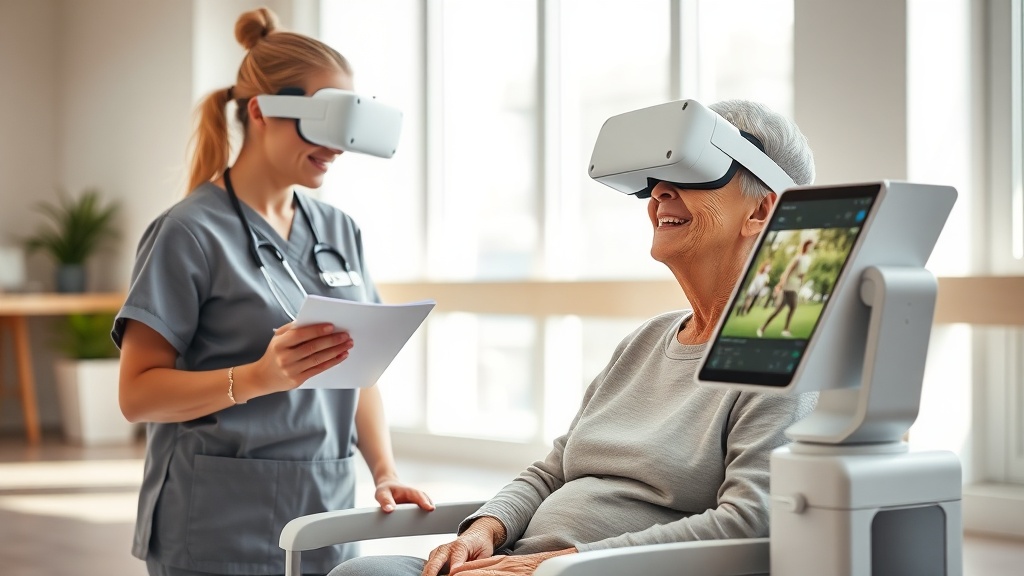
What’s Next for Immersive Tech
We’re at an inflection point where VR hardware is finally matching the ambitions of software developers. The combination of affordable headsets, spatial scanning capabilities, and institutional adoption is creating opportunities that didn’t exist even two years ago.
The crypto and Web3 connection isn’t just theoretical anymore. As physical spaces get digitized and virtual environments become more sophisticated, we’re seeing the foundation for truly decentralized virtual worlds. Think user-owned metaverse spaces backed by smart contracts, or tokenized virtual assets with real-world utility.
Dataprivacy standards are evolving rapidly to keep pace with these developments. The intersection of immersive tech and decentralized systems could fundamentally change how we think about digital ownership and user control.
The timeline for mass adoption keeps accelerating. When schools are deploying VR as standard equipment and healthcare providers are integrating immersive therapy stations, we’re clearly past the experimental phase. The question isn’t whether VR will become mainstream, but how quickly and in what forms.
As these technologies mature, expect to see more creative bridges between spatial computing, blockchain verification, and user-controlled data. The next wave of innovation won’t just be about better screens or faster processors. It’ll be about creating digital experiences that respect user ownership while delivering unprecedented levels of immersion and utility.
Sources:
- Pimax Delays Dream Air and Dream Air SE to December, SLAM Versions Likely to 2026 – Road to VR
- VR Shock: Pimax’s ‘Dream’ Headset Delayed Again – Crystal Light vs. Quest 3, Index & Varjo Aero in the PC VR Showdown – ts2.tech
- Schools Set Their Sights on VR Learning Opportunities – EdTech Magazine
- XRHealth introduces mobile VR rehabilitation station – Mobi Health News
- Meta’s Quest Headsets Can Scan Your Home Into VR. The Results Are Stunning – CNET

